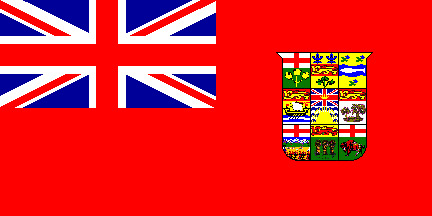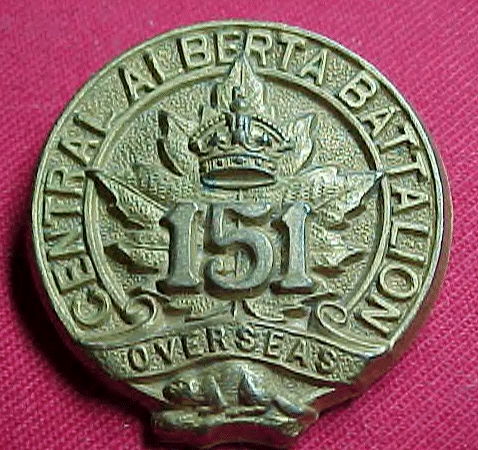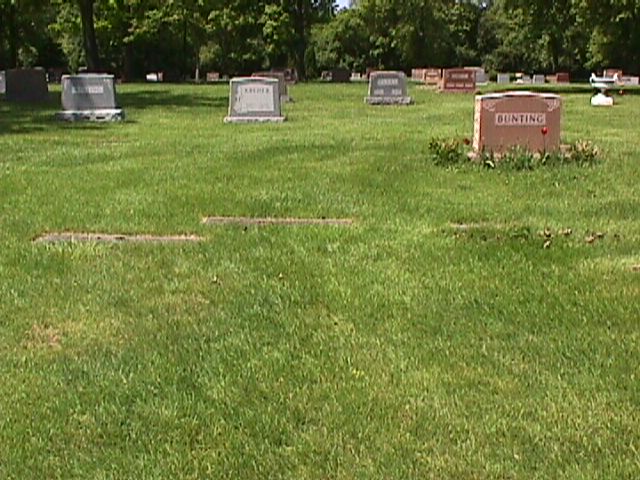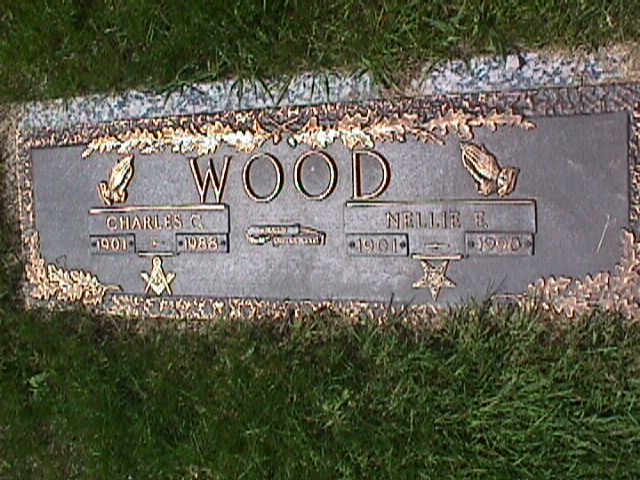
Canadian Expeditionary Force
Just three months into his military training, Charles was thrown from his horse while at training camp in Edmonton. He spent three weeks in hospital, recovering from a dislocated right

On 15 May 1916, Charles was transferred to the 13th Canadian Mounted Rifles, in preparation for assignment overseas. He sailed to England on the SS Olympic between 29 June and 5 July. Upon arrival he was assigned to Lord Strathcona's Horse (The Royal Canadians), and based at Shorncliffe, near Folkestone in his native Kent. Charles was examined at West Cliff Canadian Eye and Ear Hospital in Folkestone, on 13 November 1916, with a view to finally resolving his sight problem. He was diagnosed as having severely defective vision in the left eye, but as the right eye was capable of correction with glasses, he was cleared to return to full duty.
In March 1917, Charles was transferred to the Canadian Reserve Cavalry Regiment, still at Shorncliffe. Soon after, he prepared his last will and testament (leaving everything to his mother), probably in anticipation of an imminent transfer to the Western Front. However, Charles never made it to France and Flanders: on 20 August 1917, he was exposed as an underage soldier, when a copy of his birth certificate was provided to his Commanding Officer. (It is not clear from Charles' service record who instigated this move. It MAY have been his mother, Charlotte, who had lost her other underage son, Percy, three months earlier. It is also worthy of note that until May 1917, Charles had spent his entire time in the CEF in the company of his older brother, Herbert, who served with him in the 151st Bn and the 13th CMR. But in May 1917, Herbert had been found medically unfit for service at the Front, and Charlotte may have been unwilling to see 16 year-old Charles go to the Western Front alone).
On 29 August 1917, Charles was sent to the 1st Canadian Discharge Depot, in Buxton, Derbyshire, in preparation for his discharge to Canada. He left Liverpool for Canada on 17 September 1917, and spent the month that followed at the CEF discharge depot in Halifax, Nova Scotia. At the age of 16 years and 5 months, Charles was finally discharged from the CEF on 15 October 1917, "in consequence of being a minor", and was declared ineligible for any Service Medals.
Charles returned to his mother's house at 10437 64th Avenue, Main St, Edmonton, Alberta. He found it difficult to resume his job as a farm-hand, due to the continuing effects of the shoulder injury he had sustained in training camp in 1916. By 1922, Charles had moved with his mother to 812 Burnell St, Winnipeg. On 14 February of that year, he was admitted to Winnipeg General Hospital, complaining of difficulty lifting his right arm, a grating noise when his right shoulder rotated in its socket, and a dimming of vision in his left eye. The cause of his injuries was determined to be the undiagnosed torn ligaments Charles suffered in his 1916 fall, which had led to leading to chronic periostitis and growth of outcrop of bone, scar formation and adhesions on the shoulder blade. He underwent surgery to remove these growths from the shoulder blade on 17 February 1922, but was warned that the disability to his right shoulder would probably remain indefinitely.
In 1929, Charles moved to Madison Heights, Michigan, USA, where he would spend the rest of his long life. He worked as a painter supervisor at Austin Construction of Detroit, and ran his own company, Yale Painting Service, in Madison Heights. He was also the organiser and first president of the Berkley (Michigan) branch of the Painters Union.
Away from work, Charles participated for many years in the activities of the Hazel Park Masonic Lodge, and enjoyed playing the organ. He also performed civic duties as a member of the first Board of Review of the City of Madison Heights.
Charles Christopher Wood died in Royal Oak, Michigan, on 11 September 1988, at the age of 87. He was survived by his wife, Michigan native Nellie E Nordquist, and by their two daughters. His obituary noted that he was born in England, but made no mention of his ever having lived in Canada, or served in her armed forces.

